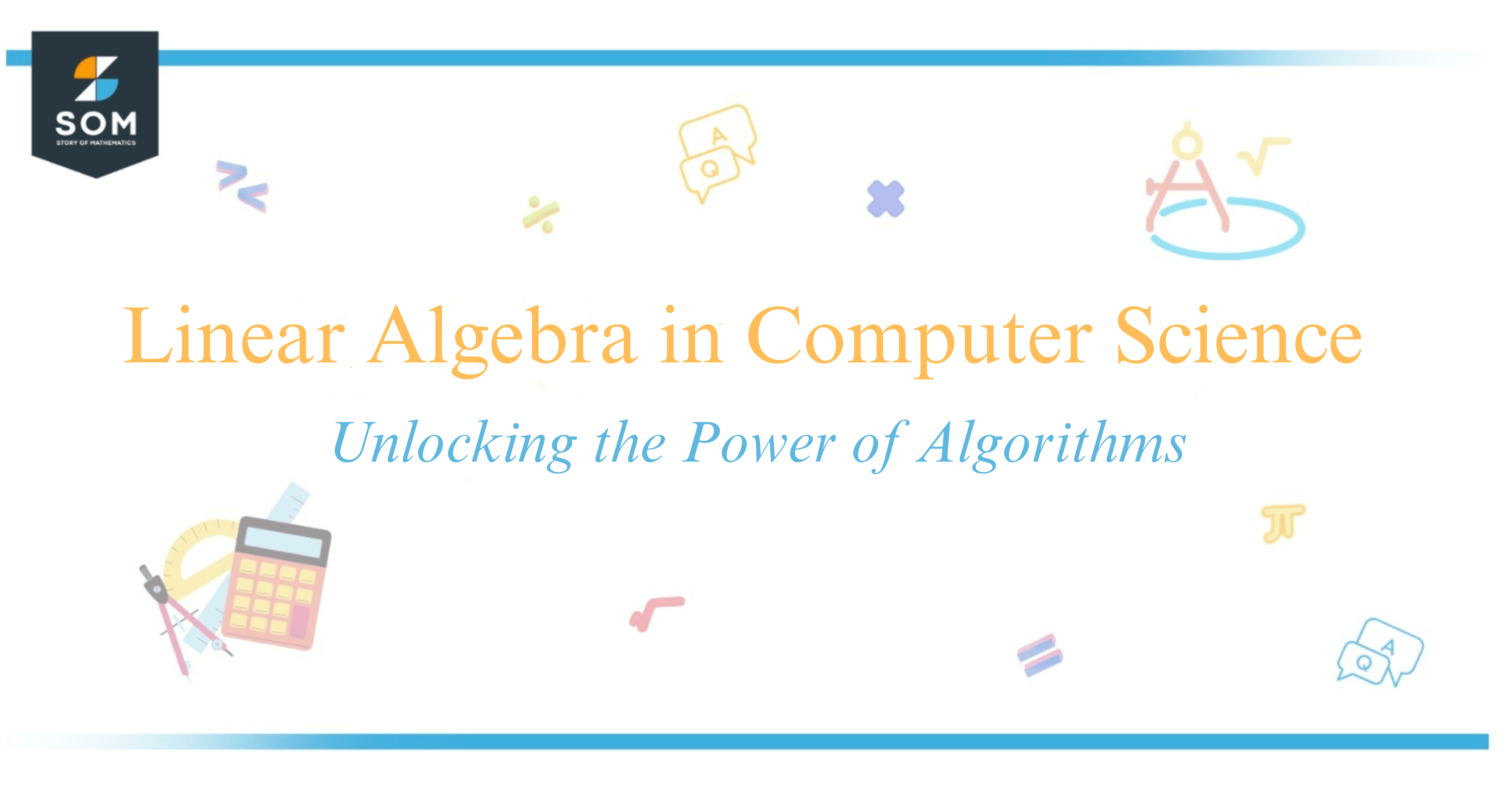
Linear algebra is an essential tool in computer science, facilitating the development and understanding of several cutting-edge technologies. It provides a framework for managing and manipulating multi-dimensional data structures, which is pivotal in areas like graphics, machine learning, and big data analysis.
The discipline’s basic concepts like vectors, matrices, and tensor operations form the bedrock upon which complex algorithms and data processing techniques are built. In my journey through computer science, I’ve found these concepts are not only fundamental to comprehending how problems are structured but are also crucial in formulating efficient solutions.
Applications of linear algebra in computer science are vast and varied, ranging from internet search algorithms, which rely on vector spaces for ranking pages, to computer vision, where matrix operations are key to image recognition.
Learning about how these mathematical structures enable us to analyze large datasets has changed my perspective on the role of mathematics in technology. Recognizing patterns, making predictions, and even simulating entire worlds in video games are made possible through linear algebra, revealing its profound impact on the industry.
My exploration into this field has unequivocally shown me that whether we are lurking behind the scenes of a Google search or unlocking new capabilities in robotics, the traces of linear algebra are there, proving that this area of mathematics is, quite literally, shaping our digital world.
How Linear Algebra is Used in Computer Science
In my journey through computer science, I’ve found that linear algebra is not just a branch of mathematics, but a powerful tool that underpins various subfields within this discipline. It fascinates me how linear algebra provides the foundation for dealing with linear equations and matrices, which are indispensable in computer algorithms.
When I look at optimization problems, especially in machine learning, linear algebra is the key to finding the best parameters that minimize or maximize a certain function. For example, in linear regression, the goal is to find the best-fit line through a set of points.
This involves solving for coefficients that minimize the difference between the predicted values and the actual data points, a process termed least squares.
Deep learning, a subset of machine learning, relies on linear algebra to manage and manipulate high-dimensional data. Here, neural networks use tensor operations which are generalizations of matrices to higher dimensions. These tensor computations are essential when performing tasks like image and speech recognition.
In the realm of computer graphics and geometry, linear algebra is the backbone for transformations, projection, and manipulation in three-dimensional space. This includes operations like rotation, scaling, and translation, which are fundamental to rendering images and animations.
The more I explore data science, the clearer it becomes that linear algebra also plays an integral role. Techniques like singular value decomposition (SVD) and principal component analysis (PCA) benefit from linear algebra to perform dimensionality reduction.
By using eigenvalues and eigenvectors, these methods help identify the most relevant features in large datasets, which improve the performance of classification and recommendation systems.
Linear algebra even steps into the quantum realm. Quantum computing utilizes linear algebra for state representation and the operations that change these states. Gates in quantum computing are represented by unitary matrices—a concept I find fascinating!
Let me give you a glimpse into the typical linear algebra entities and their applications:
| Entity | Application in Computer Science |
|---|---|
| Matrices | Represent and solve systems of linear equations, image transformations |
| Vector Spaces | Describe directions and shapes, subspaces in graphics |
| Determinants | Calculate the area, volume, and invertibility of matrices |
| Inverse Matrices | Solve linear systems, perform matrix operations |
It’s clear to me that linear algebra isn’t solely about crunching numbers; it’s a diverse toolset that enables advancements across the whole spectrum of computer science.
Conclusion
In my journey through computer science, I’ve found that linear algebra is not just a subject studied in the classroom; it’s a powerful tool that underpins various domains within the field. For instance, machine learning algorithms often hinge on matrix operations and vector spaces.
The optimization of these algorithms requires a clear understanding of concepts like eigenvalues ($\lambda$) and eigenvectors ($\vec{v}$ ).
Furthermore, my experience with computer graphics has shown me the importance of linear transformations and matrices in rendering realistic 3D models. These mathematical structures are used to rotate, scale, and translate images efficiently.
In areas such as computer vision, an understanding of linear algebra enables the processing of image data as matrix transformations, essential for tasks like object recognition and 3D reconstruction.
In summary, the knowledge I’ve gained tightly links linear algebra to the practical aspects of computing that drive innovation. This connection underscores the value of a solid foundation in linear algebra for any aspiring computer scientist.
